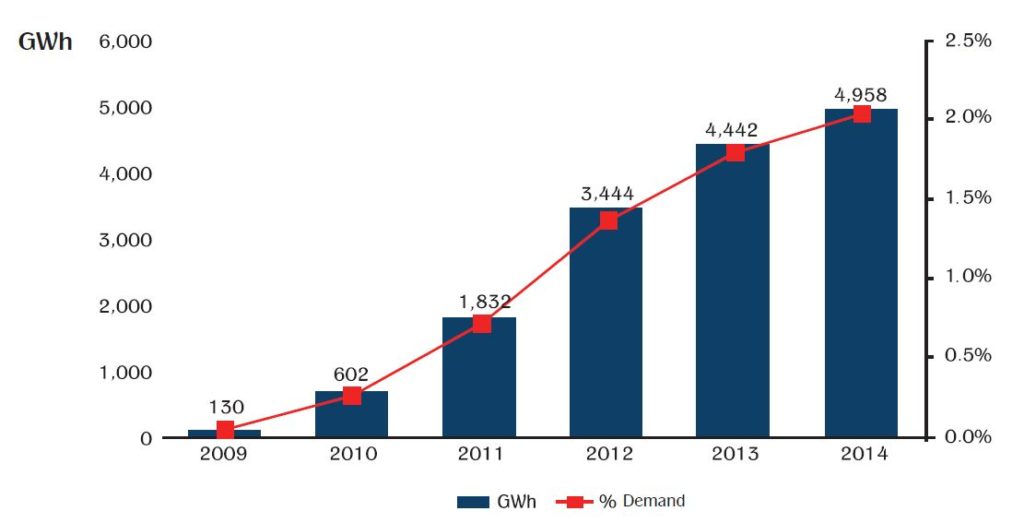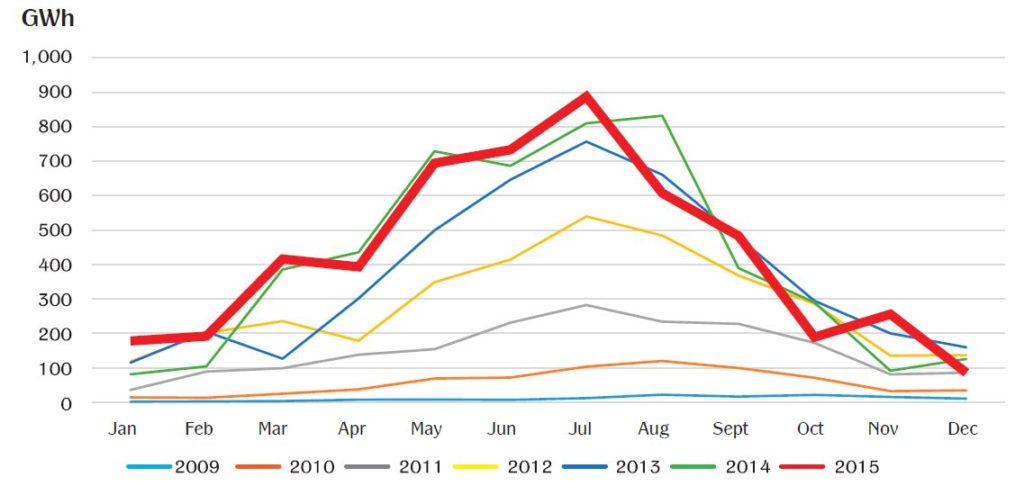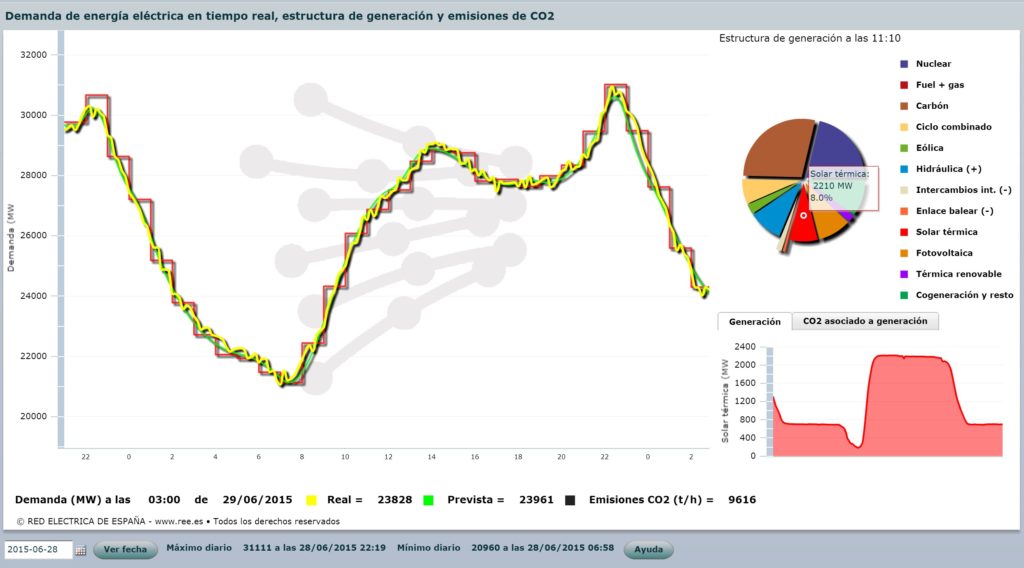Current European policy framework
Whilst the EU, as a whole, is making good progress towards meeting its 2020 climate and energy targets[1], an integrated policy framework for the period up to 2030 is needed to ensure regulatory certainty for investors and a coordinated approach among EU Member States.
The 2030 targets, as agreed on 23 October 2014, are as follows:
- Reducing greenhouse gas emissions by at least 40% below 1990 levels by 2030;[2]
- Increasing the share of renewable energy to at least 27%;[3] and
- Increasing energy efficiency by at least 27%.[4]
This framework will drive continued progress towards a low-carbon economy. It aims to build a competitive and secure energy system that ensures affordable energy for all consumers, increases energy security, reduces dependence on energy imports and creates new opportunities for growth and jobs. At the time of this writing, the discussion on how Member States will achieve their respective 2030 targets is on- going. STE technologies will help Europe increase the share of renewable energy to more than 27% and contribute to reaching 45%-60% to the energy mix in Europe by 2030. The European Council has also set the goal of achieving 15% interconnection capacity and emphasized the need for the full implementation of the internal electricity market. This will make it possible for the whole European continent to benefit from sustainable and manageable STE electricity.
[1] https://ec.europa.eu/energy/en/topics/energy-strategy/2030-energy-strategy
[2] To achieve the overall 40% target, the sectors covered by the EU emissions trading system[2] would have to reduce their emissions by 43% compared to 2005. Emissions from sectors outside the EU ETS would need to be cut by 30% below the 2005 level. This will need to be translated into Member State targets. The European Council has outlined the main principles to achieve this.
[3] Renewable energy will play a key role in the transition towards a competitive, secure and sustainable energy system. The Commission proposed an objective of increasing the share of renewable energy to at least 27% of the EU’s energy consumption by 2030. The European Council endorsed this target which is binding at EU level.
[4] The European Council endorsed an indicative target of 27% to be reviewed in 2020, having in mind a revised 30% target.






